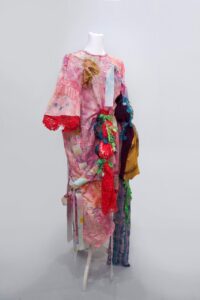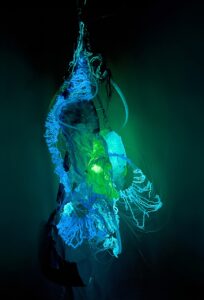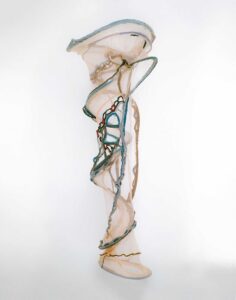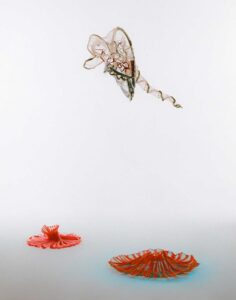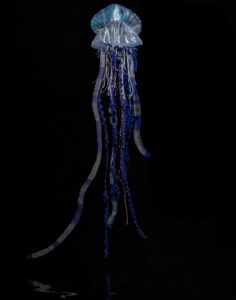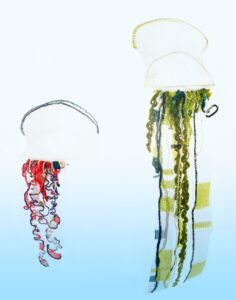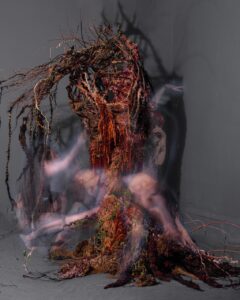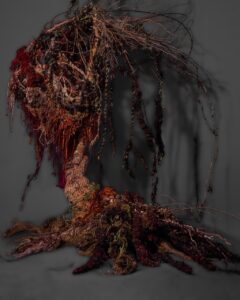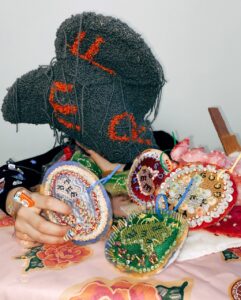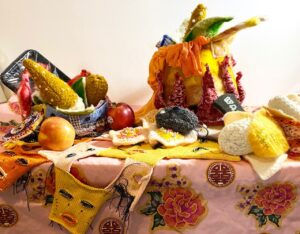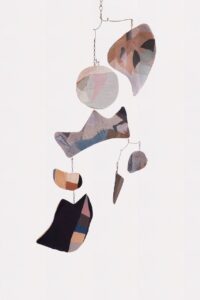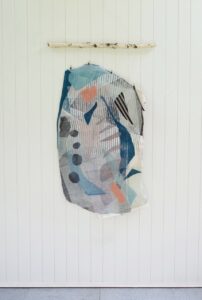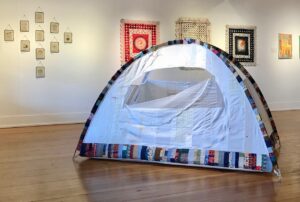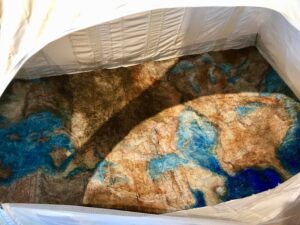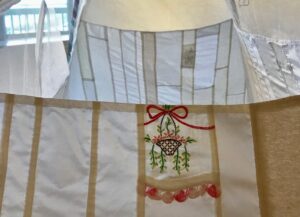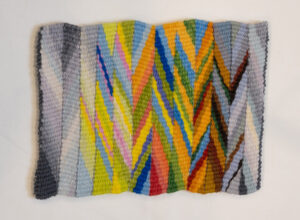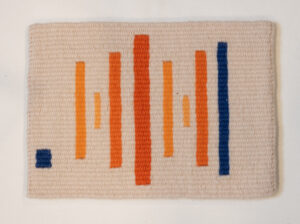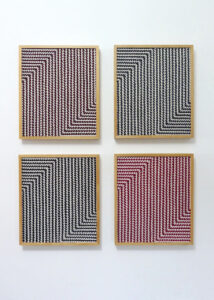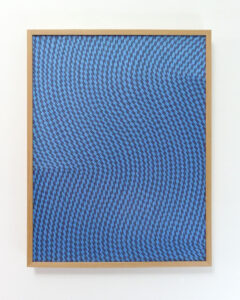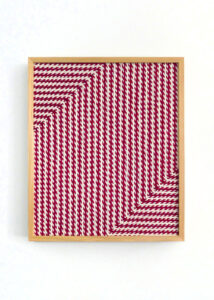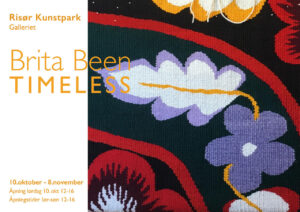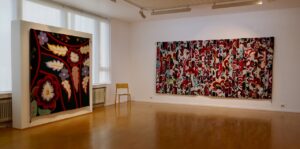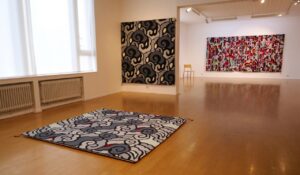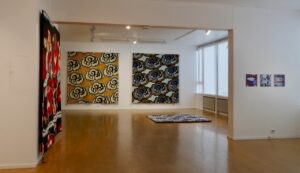May 4, 2021
In
Art, Textile Art

Janine Heschl’s 3 tips for creating realism with thread
Janine Heschl a.k.a Textile Wildlife Art’s portraits of endangered animals are so realistic it’s easy to mistake them for photographs. She kindly shared three tips for improving the realism in your own work. You can read Janine’s full interview here and also do check out her website to see more of her work https://www.textilewildlifeart.com
1)Trust your eyes
When zooming into a nose of a tiger, you expect to discover several shades of pinks and rose tones, but you may also find dark lilac or hues of blue or a hint or light green in a reflection. Don’t go by what your brain tells you about tiger noses, but what your eyes pick up and be courageous enough to trust that! Adding that light green thread may be that exact detail it needed to create depth. Which leads me to the next tip:
2) Zoom in
Working from a reference photo will allow you, depending on the resolution, to really zoom into your subject. Take the time to familiarise yourself with the patterns, structures, fur growth directions, colours blending into each other… study your subject in the tiniest detail and then translate it into thread. Add that extra layer of highlights, even if it is just 3 single stitches. Add that turquoise dot in the reflection of the eye.
It takes practice to pick up the smallest features and characteristics, but it will make all the difference in the end. Which again leads me to the next tip
3) Bring patience and passion to the party
Working on realism is time consuming and sometimes tedious. You can get trapped in details and forget to pay attention to the bigger picture, which eventually will become your masterpiece. So it is important in the beginning to be patient with yourself, to pace yourself and to pick a subject that you are passionate about, to make the joy last for the entire process. Pick an animal you are passionate about, then pick your favorite feature of it – an eye, the nose, fur pattern or feathers, and then focus on that selection. Don’t start a full lion embroidery, but scale down and start teaching your eyes to pick colours from the reference and find that colour in your thread collection. This also makes a fantastic excuse for buying more thread, if you were looking for one.
By working on something you feel you have a connection with, you will be able to keep yourself motivated and interested, being able to push through more difficult areas and learning as much as possible. It won’t leave you overwhelmed but empowered in the end.



